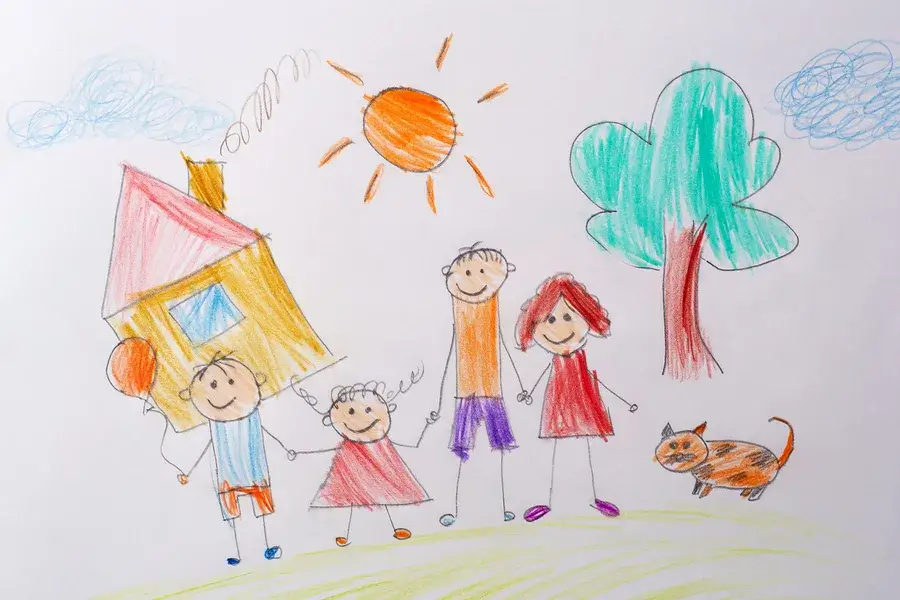Introduction to Children’s Drawings
To professionals like parents and teachers, it is good to understand children’s drawings as they may help in finding out what happens inside the child. At different stages of their development, these drawings are relevant because they demonstrate the mental, emotional and social growth of children.
Developmental Stages of Children’s Drawings
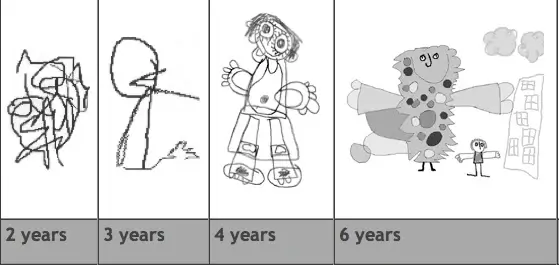
This means that when kids grow up and go through various stages, so do their pictures. Such knowledge helps in understanding how they develop.
The Scribbling Stage
• Age: 1-3 years
• Characteristics: Random marks, lines and circles. Kids try to control their motor skills and eye-hand coordination at this time.
The Pre-Schematic Stage
• Age: 3-4 years
• Characteristics: They draw recognizable forms now. Young ones start drawing people or things around them using basic shapes like circles or squares.
Schematization
• Age: 5-8 years
• Characteristics: The drawings have more structure and details. Their thinking about space also improves so that by the end of it all a child can easily place his or her picture on earth having all objects represented with different colors which are symbolic.
Naturalism/ Realistic stage
• Age: From nine years on.
• Characteristics: The pictures become more accurate. And so on…
Insights Into The Psychology From Children’s Drawings
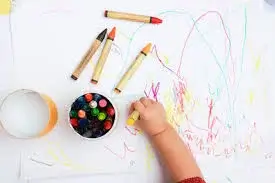
Psychological insights can come from the drawings of children. They are a mirror of emotions, thoughts and worries of a child. For instance:
• Color Usage: happy feelings tend to be portrayed through bright colors while dark or dull colors may suggest sadness or worry.
• Placement and Size: big figures indicate importance or dominance while small ones might demonstrate insignificance or bashfulness.
• Themes and Symbols: an often repeated theme like immediate family members or homes represents important aspects of young people’s lives.
Promoting Creativity in Children’s Drawings
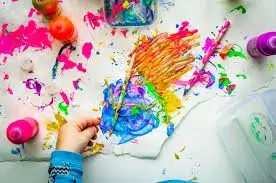
Developing their creativity in drawing is necessary for children’s cognitive and emotional growth. The following pointers facilitate artistic expression among them:
• Variety of Materials: Avail different drawing equipment ranging from crayons to markers as well as colored pencils and types of paper.
• Creating a Positive Atmosphere: Rather than striving for perfection, appreciate attempts made and innovativeness shown.
• Facilitate Telling Stories: Request explanations about the pictures drawn by kids which will make them talk verbally as well as produce visual art simultaneously.
• Hanging up Their Work: Showing off their artwork increases self-esteem thereby encouraging more originality.
Common Themes in Children Drawings
Understanding common themes in children’s drawings can help in understanding their inner lives.
Family: Drawing of relatives may indicate how one feels about family members at home.
Nature: Symbolically, trees, animals and the sun are often associated with growth, energy and relating well with the environment.
Fantasy and Imagination: Child’s creativity and wishes are shown by dragons, superheroes and imaginary worlds.
Educational Values of Children’s Drawings
Children’s drawings have a lot of impact on education hence many benefits come along as a result:
Motor Skills Development: Fine motor skills are developed by drawing which is vital for writing along other tasks.
Cognitive Development: Drawing stimulates brain activity thereby improving problem-solving skills and critical thinking abilities.
Emotional Expression: Art offers a non-threatening way to express emotions thus helps emotional regulation as well as mental health.
Language Skills: When kids describe their drawings it enhances vocabulary development and narrative skills.
Drawing for Children
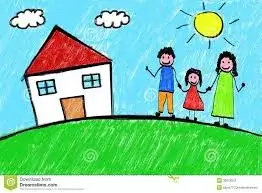
Drawing is an important undertaking for children because it has numerous developmental benefits beyond entertainment purposes. It is a vital instrument for self-expression that enables kids to communicate ideas, feelings and occurrences that they might find difficult to express through speech. Drawing further helps develop fine motor skills in children through enhancing hand-eye coordination and dexterity required in writing among other things. Furthermore, the creative process fosters cognitive growth by stimulating problem-solving abilities and encouraging innovative thinking.
Drawings of children
Children’s drawings are more than mere sketches; they provide valuable insights into their developing minds. They indicate their emotions and creativity among other things reflecting how they think. Each artwork depicts their comprehension of the world around them, their social interactions with others around them and also shows how imaginative they are.
Children’s artwork
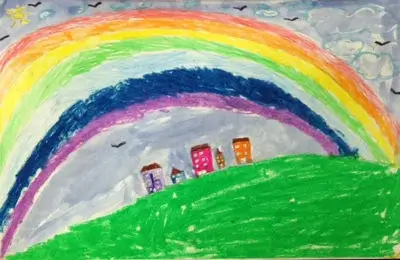
Children’s artwork provides an opportunity for adults like parents and teachers to know what is in their inner thoughts especially if it has been transformed into something creative through mainly nonverbal means. A close interpretation of these pictures enables us understand what the artist want watching by showing us his feeling about the subject matter.By interpreting children’s paintings or designs on various objects adults who interact with them will have an idea about their mental attitude thus helping them cope better emotionally while encouraging intellectual advancement
Conclusion
Children’s drawings are an embroidered fabric of kids’ developmental journey, illustrating their intellectual, emotional and societal growth. We should understand as well as nourish these creative expressions in order to support their overall development and gain insights about them which could be rewarding. The importance of children’s drawings cannot be overstated by either the parents, teachers or psychologists if they intend to establish more profound connections and better support for young minds under their care.
What should I look for in children’s drawings?
This is a question that most people ask themselves. The answer lies in understanding the child’s emotional and cognitive growth, which can be discerned from the use of color, detail, recurring themes and spatial arrangement.
How can I encourage my child to draw more?
Is there any way that I can make my child interested in drawing? Yes. It is so simple to just provide a variety of art supplies. Also, parents should create a separate space that would serve as drawing area only. Additionally, parents should constantly encourage them and give positive feedback.
Are there any red flags to watch for in children’s drawings?
Having said this, it is important to highlight some issues worth noting while assessing children’s drawings such as extremely dark or violent images, monochromatic works or regressive drawing stages.
Can children’s drawings be used in therapy?
Art therapists often use children’s drawings as a way of enabling them reveal their feelings that are not easy to put into words.

Russell F. Jones, holding a Master in psychology from the University of Florida. He writes for Smart Parent Solutions, offering practical advice on parenting and child development. His engaging content helps parents navigate family life with confidence and ease. Russell enjoys sharing his knowledge and spending quality time with his family.
